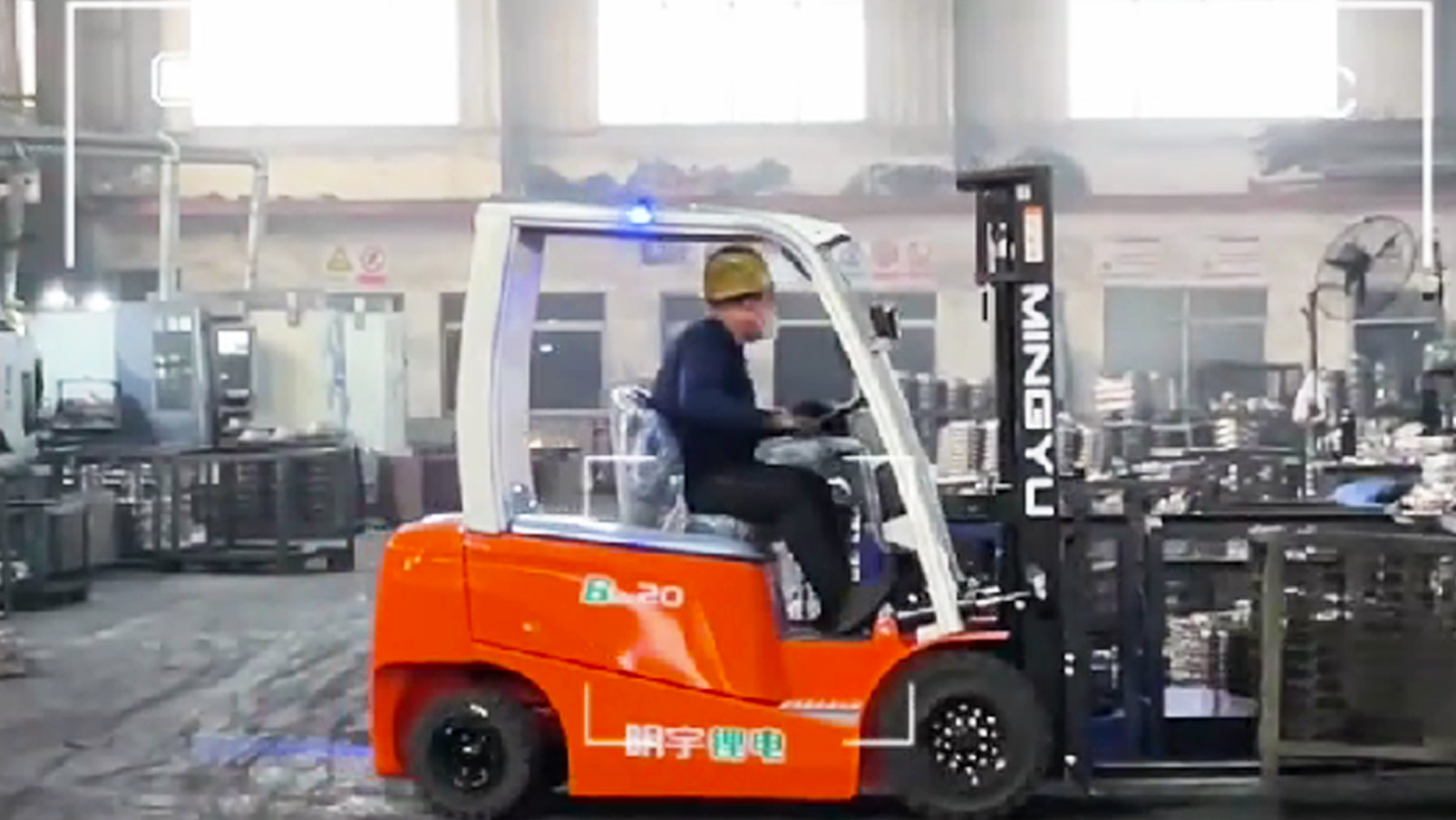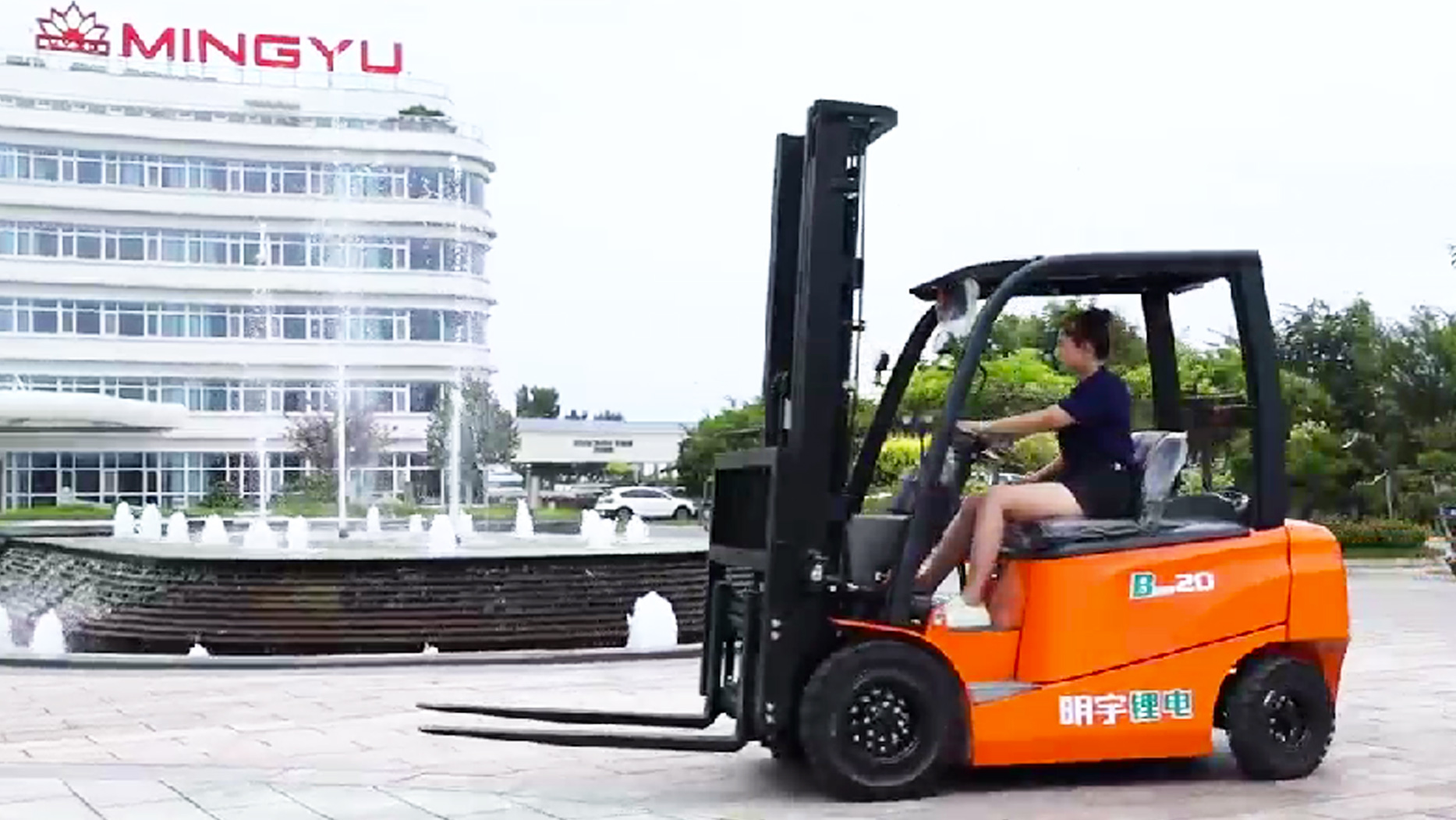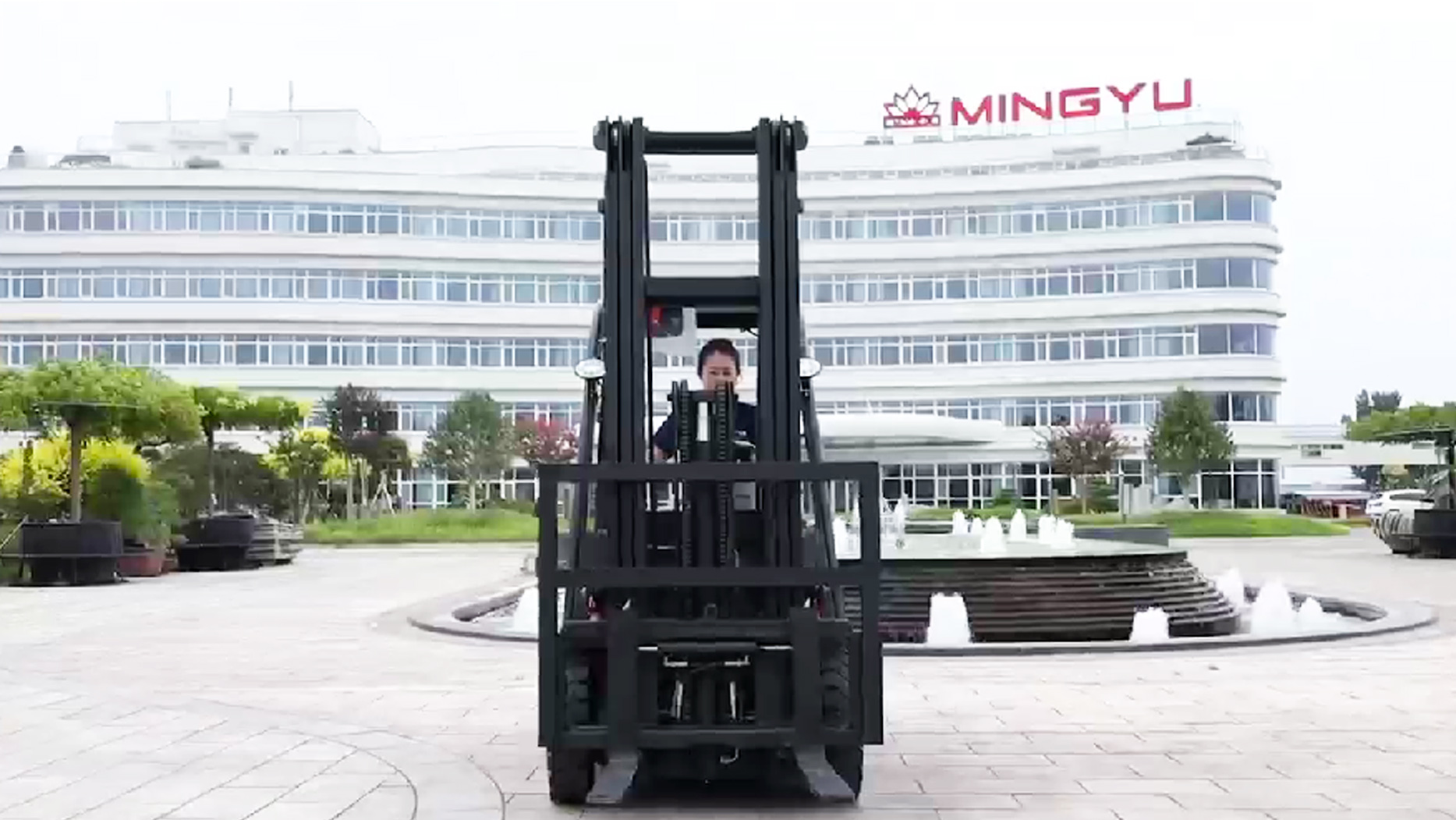1. Introduction
Electric forklifts have become the backbone of modern warehouses, distribution centers, and manufacturing facilities, prized for their zero emissions, quiet operation, and lower long-term costs compared to internal combustion models. But as companies invest in electric fleets, a critical question emerges: How long can you expect an electric forklift to last?
The average lifespan of an electric forklift typically ranges between 10–15 years or 15,000–20,000 operating hours—but this depends heavily on maintenance, usage intensity, and technological advancements. Unlike gas or diesel forklifts, electric models face unique aging factors, particularly battery degradation and electrical component wear.
This guide will break down:
Real-world lifespan benchmarks for popular models
Key factors that extend or shorten operational life
Warning signs it's time to replace your unit
Proven strategies to maximize longevity
Cost analysis of repair vs. replacement
Whether you're a fleet manager optimizing operations or a business owner evaluating ROI, understanding these variables ensures you get the most value from your equipment.
2. Average Lifespan: Industry Benchmarks
Electric forklifts outlast internal combustion models by 25–30% due to fewer moving parts and no engine wear. However, their lifespan varies by application:
Light-Duty Use (Single-shift warehouse operations):
12–18 years | 18,000–24,000 hours
Example: Toyota Traigo 48V maintains 80% capacity after 10,000 hours with proper care.
Heavy-Duty Use (Multi-shift, high-capacity lifting):
8–12 years | 12,000–15,000 hours
Example: Hyster E50XN in port operations often requires battery/motor refurbishment by year 10.
Batteries Dictate Longevity:
Lead-acid batteries last 5–7 years (1,500–2,000 cycles).
Lithium-ion batteries extend to 8–10 years (3,000+ cycles), adding 2–3 years to the forklift’s usable life.
3. Key Factors Affecting Lifespan
A. Battery Management
Charging Practices:
Lead-acid: Avoid partial charges; fully discharge weekly to prevent sulfation.
Lithium-ion: Partial charges are safe, but keep between 20–80% for optimal lifespan.
Temperature Impact:
Operation below 32°F (0°C) reduces battery capacity by 20–30%.
B. Usage Intensity
Hours/Shifts:
Single-shift: 2,000 hours/year → 10+ year lifespan.
24/7 operations: 6,000+ hours/year → Lifespan may halve to 5–8 years.
Load Capacity:
Consistently lifting at max capacity strains motors and wiring.
C. Maintenance
Critical Components:
Motors/Controllers: Overhaul every 10,000 hours.
Mast/Hydraulics: Lubricate monthly to prevent corrosion.
Software Updates:
Modern forklifts need firmware updates to optimize energy use.
4. Signs Your Electric Forklift Needs Replacement
Performance Red Flags
Battery:
Runtime drops below 70% of original capacity.
Frequent water refills (lead-acid) or swelling (lithium).
Operational Issues:
Unusual noises from the motor or drivetrain.
Error codes for controller/encoder failures.
Economic Considerations
Repair Costs: Exceeding 30% of the forklift’s value annually.
Downtime: Increasing frequency of breakdowns disrupts workflows.
Technological Obsolescence
Lack of replacement parts for older models.
Newer forklifts offer 30%+ energy savings (e.g., regenerative braking).
5. How to Extend Your Forklift’s Life
Battery Best Practices
Use opportunity charging for lithium-ion (short charges during breaks).
Clean terminals monthly to prevent corrosion.
Preventive Maintenance
Monthly Checks:
Inspect wiring for fraying.
Test hydraulic fluid purity.
Annual Overhauls:
Replace worn bearings and brushes in motors.
Operator Training
Avoid abrupt stops/starts to reduce brake wear.
Properly position loads to minimize mast strain.
6. When to Repair vs. Replace?
Repair If:
Under 10,000 hours with minor electrical issues.
Battery replacement can add 5+ years (especially with lithium upgrades).
Replace If:
Frame/mast shows cracks or structural fatigue.
New safety features (e.g., anti-collision systems) justify an upgrade.
Cost Example:
Refurbishing a 10-year-old forklift: 8,000–8,000–12,000.
New electric forklift: 25,000–25,000–40,000 (but with 10+ year lifespan).
7. Conclusion
Electric forklifts represent a long-term investment, with well-maintained units delivering 10–15 years of service. To maximize value:
Prioritize battery care and preventive maintenance.
Monitor performance metrics to anticipate replacement needs.
Weigh technology upgrades against repair costs.
For operations relying on electric fleets, adopting these practices ensures peak productivity while minimizing downtime.
Post time:Apr.04.2025



